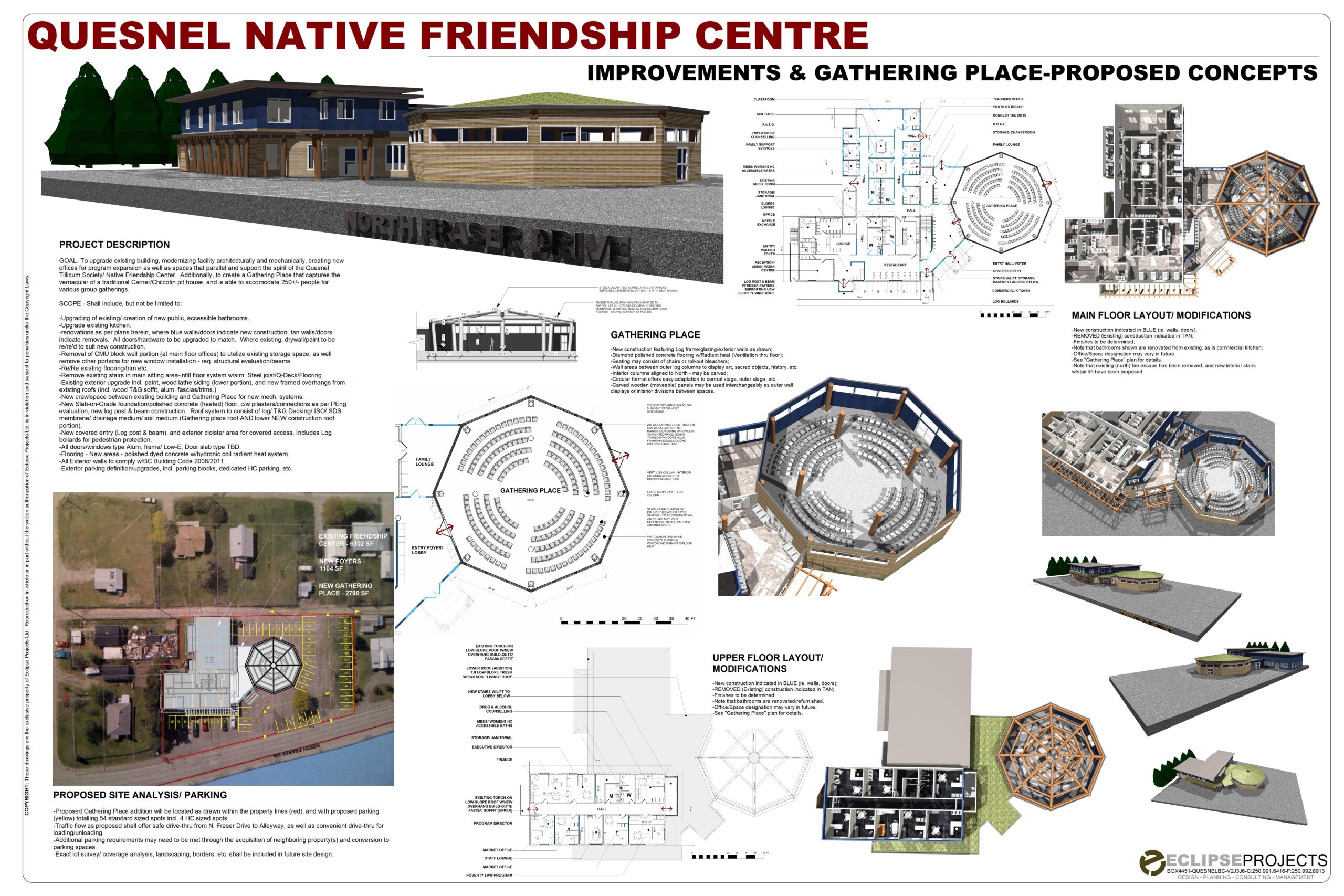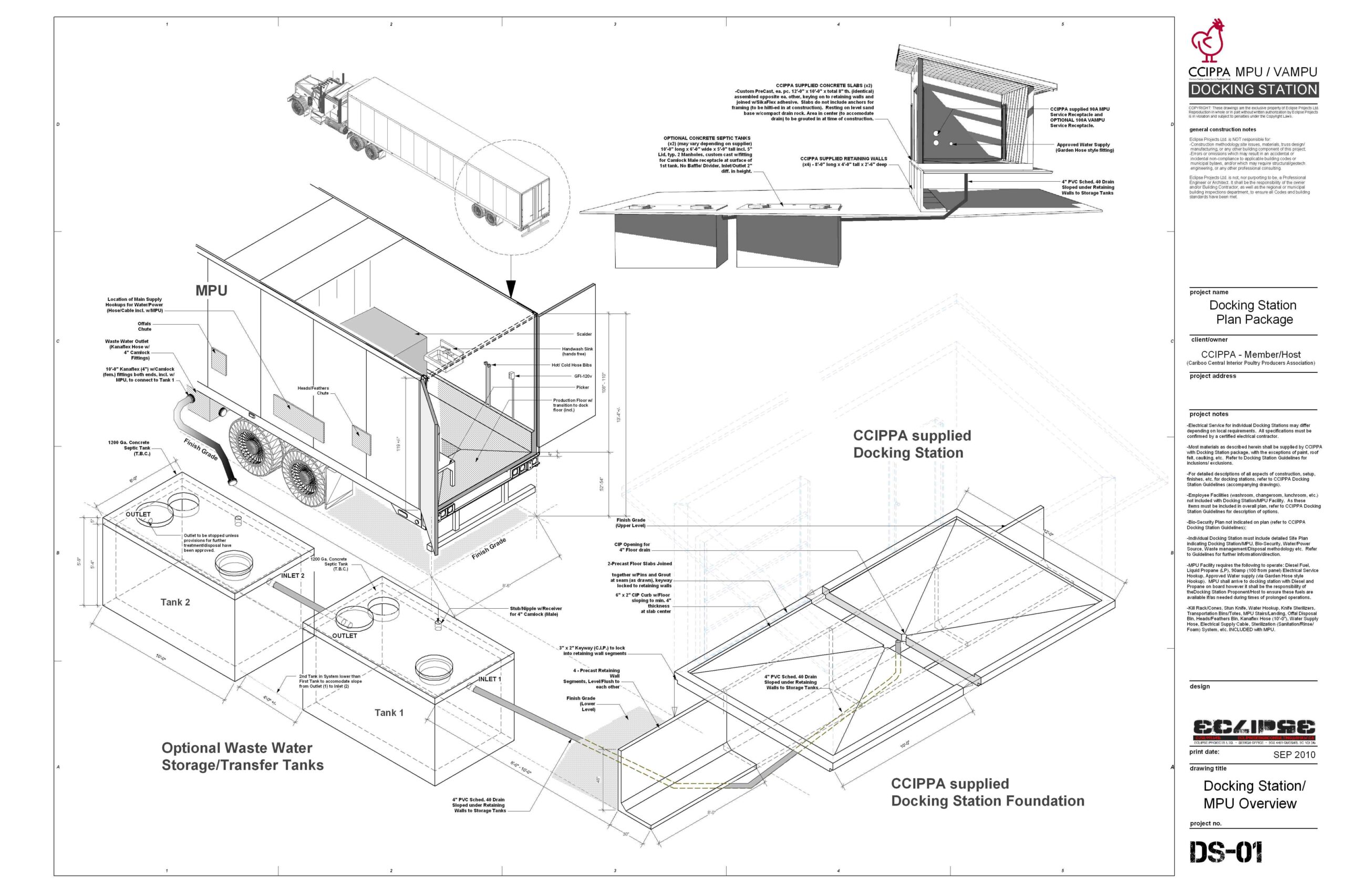
Factories and Warehouses
Factories and warehouses are essential components of the commercial design landscape, serving as the backbone for production and distribution. Factories and warehouses have distinct roles in the commercial sector:
- Factories: These are facilities where goods are manufactured. They require layouts that facilitate efficient workflows, from raw material handling to production and packaging.
- Warehouses: These are storage spaces for goods and materials. They need to be designed for optimal storage, easy access, and efficient distribution.
Key Design Principles for Factories
- Workflow Optimization: Design the factory floor to ensure a smooth flow of materials and products through different stages of production. This minimizes delays and boosts productivity.
- Safety and Compliance: Incorporate safety features and ensure compliance with relevant regulations. This includes proper ventilation, fire safety systems, and ergonomically designed workstations.
- Flexibility: Factories should be adaptable to changing production needs. Consider modular designs that allow for easy reconfiguration and expansion.
- Energy Efficiency: Utilize energy-efficient systems and sustainable practices to reduce operational costs and environmental impact. This can include energy-efficient lighting, insulation, and machinery.
- Technology Integration: Integrate advanced technologies such as automated systems, IoT devices, and real-time monitoring to enhance efficiency and productivity.
Key Design Principles for Warehouses
- Space Utilization: Maximize storage capacity through smart layout planning. Use vertical space efficiently with high racking systems and mezzanines.
- Accessibility: Design the warehouse for easy access and movement. This includes wide aisles, ample loading docks, and efficient layout for forklifts and other equipment.
- Climate Control: Ensure proper climate control for goods that require specific storage conditions. This includes temperature, humidity, and ventilation systems.
- Inventory Management: Implement systems for efficient inventory management. This can include barcode systems, RFID tagging, and automated retrieval systems.
- Sustainability: Incorporate green building practices such as using recycled materials, energy-efficient lighting, and renewable energy sources.
Designing factories and warehouses involves a careful balance of functionality, safety, and efficiency. For the Eclipse Project, applying these principles can lead to the creation of commercial spaces that not only meet current operational needs but are also adaptable to future requirements.
Innovation Unleashed: Empowering Your Ideas to Eclipse Boundaries.










